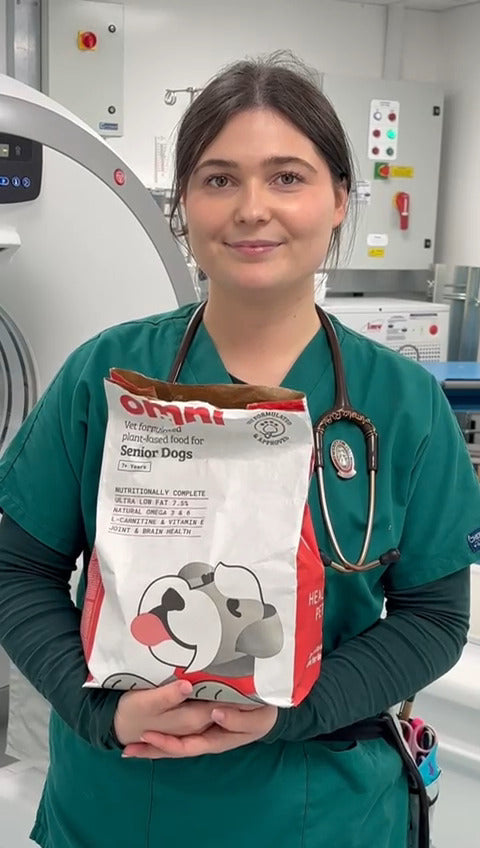Cat guardians could earn £60K annual salary for getting their beloved pets to taste test a new cruelty-free food

Get paid £60,000 for your cat to taste test cruelty free chicken cat food
Do you and your cat fancy earning some money and free food? Well, look no further, we may have the dream job for you. Cat owners are being given the opportunity to earn a £60,000 annualised salary for simply getting their beloved pet to taste-test a new cruelty-free chicken cat food.
As we hope to introduce cruelty free cat food using cultivated chicken to more cats across the UK this year, we are looking to pay some lucky cat guardians to volunteer their cats as taste testers for up to a year.
In a society where there is a lack of education around the potential of novel protein solutions like lab-grown chicken we understand there may be a pre-existing negative misconception about feeding your cat this sort of diet. We hope that by hiring a team of taste testers to report back on their experience of our new product, we can communicate the benefits it can have for cats health and enjoyment (not to mention for the planet).
Successful applicants will be asked to record their experience of introducing Omni’s new cruelty free chicken meals to their cat, monitoring their feeding rituals, energy levels, behaviour, bowel movements, sleep pattern and physical attributes such as weight, skin and fur condition.
Dr. Guy Sandelowksy, Omni’s vet founder, comments that ‘The product will be nutritionally sound and could even confer certain health benefits for cats’. He expects lots of people to come forward to be “part of history” and is offering to compensate the most enthusiastic candidates £5,000-a-month to ensure the role is fulfilled professionally and the data is reliable. We will also cover all food expenses for the job duration. Candidates willing to provide pictures and videos and detailed feedback will be especially prioritised.
Diet changes are never easy so to help the successful candidates adjust to their new nutritious diet we will provide them with vet support and a selection of products to ensure they have healthy, balanced and exciting meal and snack options. As a thank you for their cat’s cooperation too and to support the future of a more healthy, ethical food system, we will also gift the successful candidate a supply of sustainable cat toys to keep their four legged friends happy between meals.
Applicants must be from the UK and over the age of 18. No qualifications or feeding trial experience is required for the job role, just a pre-existing meat or insect based diet and a cat that either lives indoors or outdoors but is cared for in a single household only.
Due to the interest in the job role, we have decided to extend the closing date of the job role to the 15th of May to give everyone interested, a chance to apply. So if you and your cat fancy making some money whilst sampling the future of a healthier, more sustainable food system, please apply here:








 85 Great Portland Street, 1st Floor, London, W1W 7LT United Kingdom
85 Great Portland Street, 1st Floor, London, W1W 7LT United Kingdom